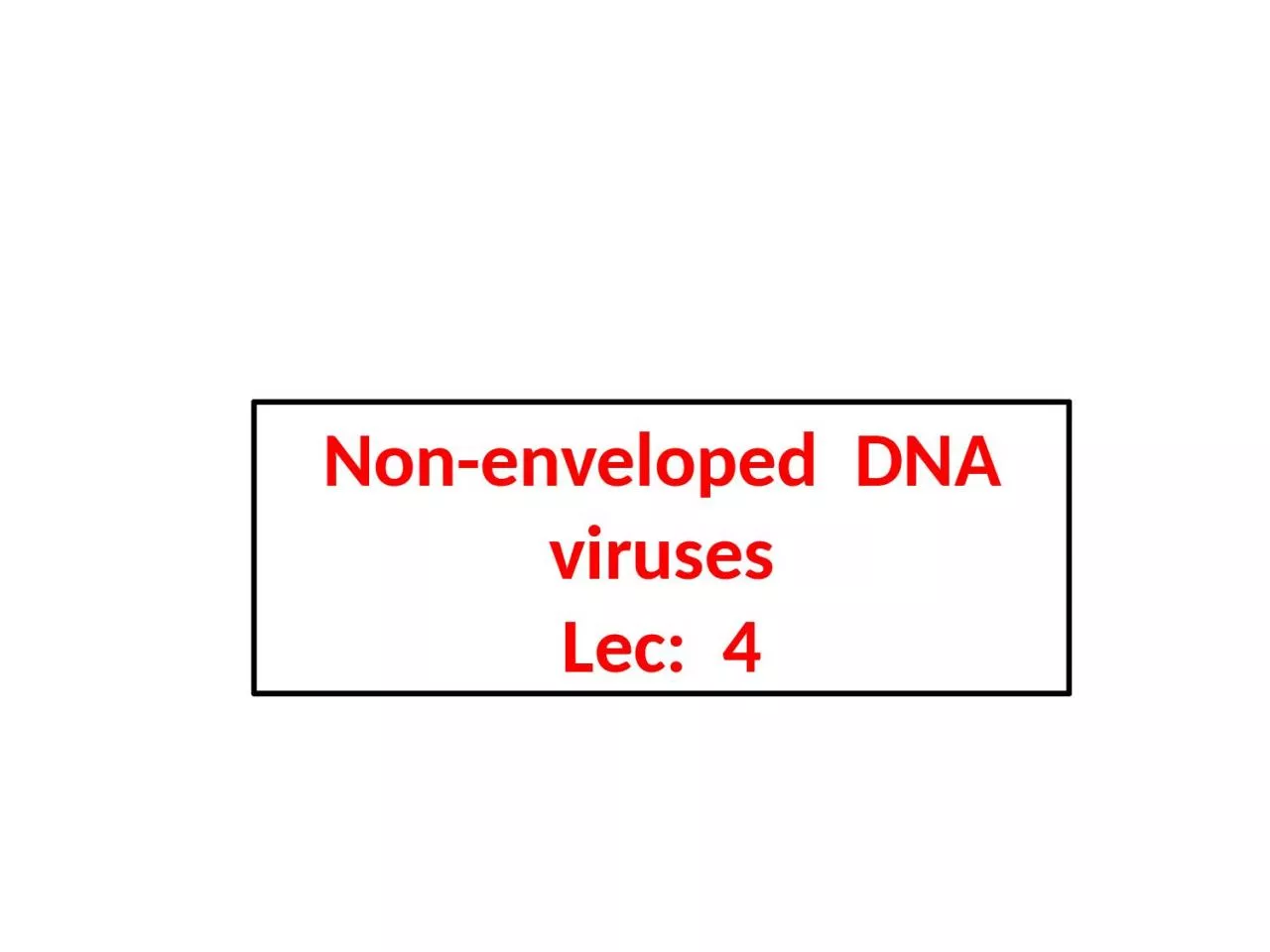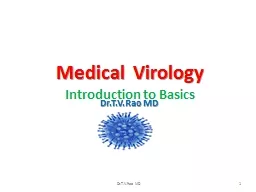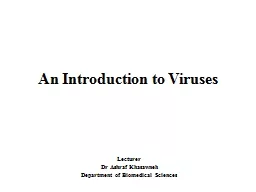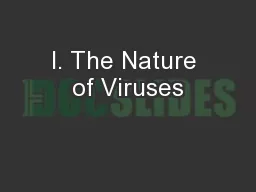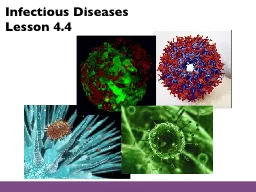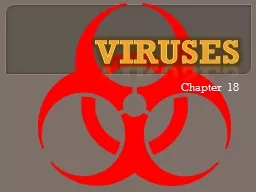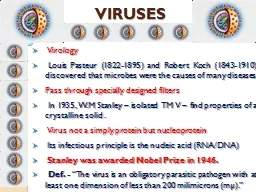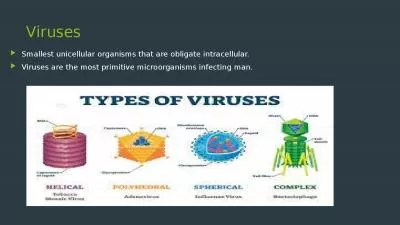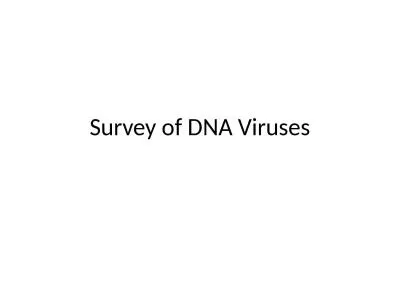PPT-Non-enveloped DNA viruses
Author : SugarAndSpice | Published Date : 2022-08-02
Lec 4 Nonenveloped DNA Viruses Nonenveloped viruses are surrounded by a protein coating commonly referred to as a capsid The capsid does the job of attaching to
Presentation Embed Code
Download Presentation
Download Presentation The PPT/PDF document "Non-enveloped DNA viruses" is the property of its rightful owner. Permission is granted to download and print the materials on this website for personal, non-commercial use only, and to display it on your personal computer provided you do not modify the materials and that you retain all copyright notices contained in the materials. By downloading content from our website, you accept the terms of this agreement.
Non-enveloped DNA viruses: Transcript
Download Rules Of Document
"Non-enveloped DNA viruses"The content belongs to its owner. You may download and print it for personal use, without modification, and keep all copyright notices. By downloading, you agree to these terms.
Related Documents

